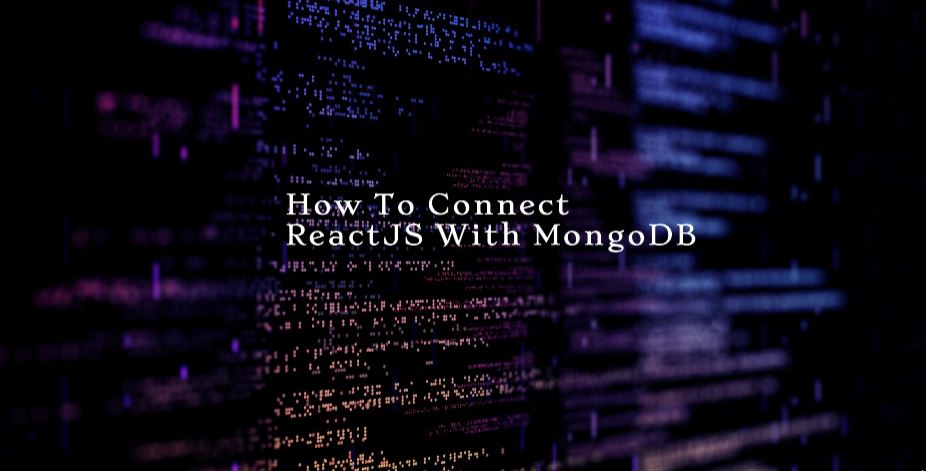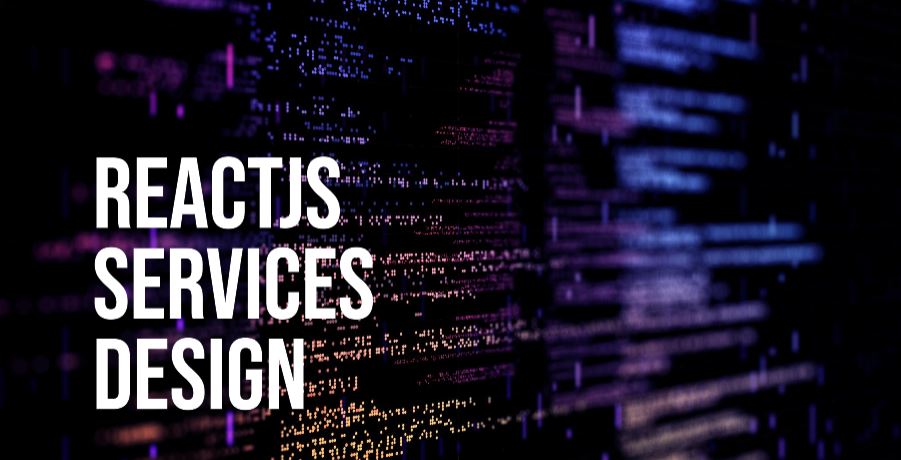ReactJS has become a potent front-end toolkit for creating exciting and interactive user interfaces in a rapidly evolving field of web development. Together with the NoSQL database MongoDB, developers can build dependable, scalable, and effective web applications. We will take you step-by-step through the process of connecting ReactJS and MongoDB in this guide, providing insightful guidance as well as recommendations for smooth integration as well as making use of ReactJS development services with MongoDB expertise.
Understanding Importance of ReactJS and MongoDB Integration
The Facebook-developed and maintained ReactJS framework offers a versatile and effective approach to creating user interfaces. In accordance with its component-based architecture, developers are able to create reusable user interface components, which streamlines and modularizes the development process. However, the well-known NoSQL database MongoDB provides a schema-less data format and the capability to store and access data as documents that resemble JSON.
The powerful combination that is created when ReactJS and MongoDB are integrated enables developers to create scalable, high-performance apps. Comprehending the integration of ReactJS with MongoDB is essential for creating contemporary web apps, regardless of whether you intend to hire ReactJS developers or seek ReactJS development services.
Advantages of ReactJS and MongoDB Integration
Scalability:
ReactJS and MongoDB’s integration provides stability benefits that let developers easily manage an expanding user base and rising data quantities. The component-based design of React enables modular user interface creation, while the NoSQL nature of MongoDB enables horizontal scalability, which distributes data across several servers for better speed.
Real-time Updates:
Implementing real-time updates in web apps is made easy by ReactJS’s virtual DOM and MongoDB’s support for real-time data with features like Change Streams.
Flexibility and Quick Development:
MongoDB’s schema-less structure complements ReactJS’s adaptability in building dynamic user interfaces. Together, these enable engineers to swiftly iterate throughout the development process. Application development can possibly be made more agile by allowing changes to the data model to be accepted without requiring complicated migrations.
Rich User Experience:
ReactJS is a powerful tool for building interactive and responsive user interfaces. Combined with MongoDB, which stores documents like JSON, developers can rapidly retrieve and work with data in a manner that complements React’s component architecture.
Developer Productivity:
Increasing developer productivity is facilitated by the combination of ReactJS and MongoDB. The flexible data model of MongoDB minimizes an impedance discrepancy between the front end and back end, simplifying the development process overall. React’s declarative syntax makes UI development easier. Development teams can offer high-quality apps in shorter timeframes and with greater efficiency because of this synergy.
Community and Ecosystem Support:
The developer communities for ReactJS and MongoDB are thriving and encouraging. The integration of various technologies is facilitated by an extensive range of documentation, tools, and libraries. With so many resources available, developers can solve problems and keep up with the most recent developments in web development.
Comprehensive Guide For Effective Integration
Step 1: Set Up Your ReactJS Application
You must build up a ReactJS application before linking ReactJS with MongoDB. Start your project using create-react-app or any other technique you choose. You can start developing your React components and user interface after your project is set up.
Step 2: Install MongoDB and Set Up a Database
You must have MongoDB on your computer in order to connect ReactJS with it. For your operating system, adhere to the official MongoDB installation instructions. Configure the MongoDB server after installation, then make a new database for your project. To administer your database, you can use a graphical user interface such as MongoDB Compass or the MongoDB shell.
Step 3: Install MongoDB Node.js Driver
Installing the official MongoDB Node.js driver is required in order to communicate with MongoDB from your ReactJS application. To install the driver, run the command in your project directory using npm or yarn.
Step 4: Establish a Connection
Make a file in your ReactJS application to manage the MongoDB connection. To make a connection with your MongoDB database, implement the MongoClient class from the MongoDB Node.js driver. Give the database name and connection URL as parameters.
Step 5: Perform CRUD Operations
As soon as a connection is made, you can launch your ReactJS application to execute ‘Create, Read, Update, Delete’ actions on your MongoDB database. Ensure that the tools in your database allow you to locate, search for, modify, and remove documents.
Conclusion
Constructing comprehensive and scalable web apps is made attainable through the combination of MongoDB with ReactJS, which also speeds up the development process. This connection is important to understand whether you wish to hire ReactJS developers or hire MongoDB programmers. By following along with this course, you will become an expert at utilizing ReactJS’s and MongoDB’s complementing capabilities to create visually appealing and productive web applications.


